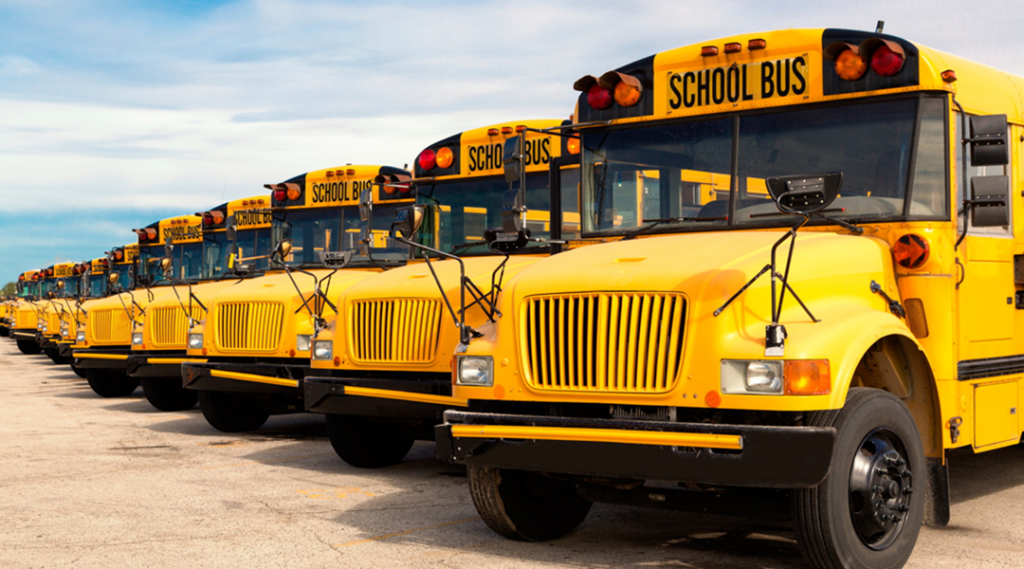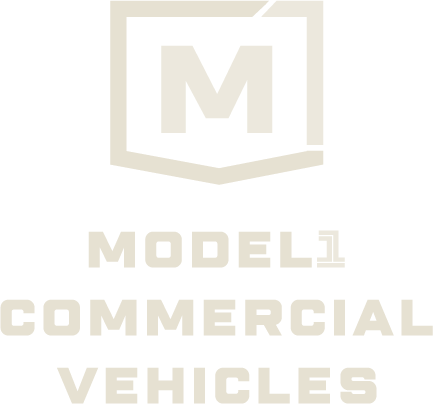Miscellaneous
The Different Types of School Buses to Know About

When managing a fleet of school buses, the key to making the most of every vehicle is having a wide range of options to offer to the districts. But first, one needs to know what those options are. That’s why Model 1 has provided a breakdown of some of the most common school buses available and what each of their advantages are. That way, your fleet can grow in the best way possible to serve the community and districts. Contact us for more information and to find out how to receive a bus from one of our many locations throughout the United States.
Spotting a School Bus
It might be interesting to know that a school bus is pretty simply defined on paper. At least at first. Essentially, if it classifies as a bus and is used to transport children to and from school and school events, it’s a school bus.
However, once this purpose is set, there are some important rules and regulations to be aware of. The National Traffic and Motor Vehicle Safety Act requires all school buses to meet applicable Federal Motor Vehicle Safety Standards (FMVSS). This is important because the safety regulations for school buses are different from those for city buses and the standard commuter vehicle. This can include seat belts for smaller buses, emergency escapes, and more. Make sure to familiarize yourself with these requirements by going to the NHTSA website.
Type A School Buses
Of all the school bus types on the market, there are four that are probably most commonly seen and used. Type A buses are either van conversions or constructed from a cutaway front section with a left-side driver’s door.
This classification is broken down into two subgroups: Type A1, with a Gross Vehicle Weight Rating (GVWR) of 10,000 pounds or less, and Type A2, with a GVWR of over 10,000 pounds. These buses are designed to carry more than 10 passengers, although generally can’t fit more than 30. Check out our Type A school buses for sale here!
Type B School Buses
Type B buses are significantly less common these days, but they’re still on the road and they all meet specific requirements.
They have a GVWR of over 10,000 pounds and can seat over 10 passengers. But it’s the design that’s unique. The body of the vehicle is attached to a front-section chassis and a portion of the engine is near to the driver’s seat, behind the windshield.
Type C School Buses
Now we’re getting into some of the bigger vehicles. The Type C buses only have to have a GVWR over 10,000 pounds, but more commonly, they’ll fall between 23,500 and 33,000 pounds. It also only has to be able to carry more than 10 passengers, although more commonly this number is significantly higher.
The real defining factor is that the entire engine is placed in front of the windshield, unlike the Type B bus. These are the models that are commonly found on the road today and will likely be the most prolific option. Don’t forget to shop our Type C school buses for sale!
So which one is right for your fleet? We’re here to help figure that out. Contact Model 1 to inquire about our online inventory or with any other questions that may come up. We’re the nation’s largest bus dealer so let us know how we can assist you!

